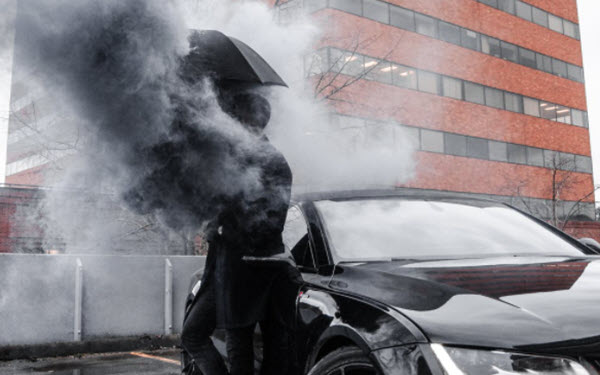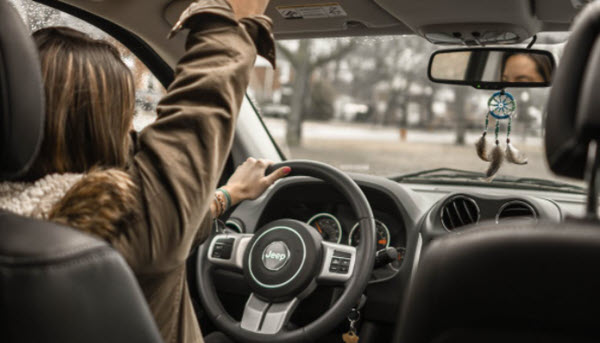
Car spring cleaning can help you make things easier and safer. Driving in the winter months can be challenging, and the dangers are not all behind the wheel. Even if you survive the ice and snow of winter, your car can suffer hidden damage. The road salts that make the highways safe can also cause rust in the exposed undercarriage of your vehicle, and the potholes that winter leaves behind can throw your car out of alignment and make driving more dangerous.
Now that the winter is finally gone and spring has sprung, it is time to give your car a spring cleaning of its own. Taking the time to repair the damage of winter and get your car ready for the hot weather ahead can keep you safer behind the wheel, and even extend the life of your vehicle. Here is a simple spring cleaning checklist for your car.
Give the undercarriage a thorough cleansing. The spring thaw is here, so hook up your hose and spray down the undercarriage of your car. This thorough cleaning will remove any residual road salt and other corrosive chemicals.
Check your wiper blades. The winter weather can take a toll on your windshield wipers, so make sure they are ready for those spring and summer thunderstorms. A new pair of wiper blades costs just a few dollars, and the extra visibility will make driving safer.
Clean your carpets and floor mats. You probably dragged in your fair share of road salt and other particles during the winter driving season, and now is the time to remove them. Start by pulling your floor mats and giving them a thorough cleaning, then do the same for your automotive carpeting.
Check the tire pressure. Your tires can lose a significant amount of pressure in cold weather, even if there is not a leak. Now is the time to check your tire pressure and inflate them if necessary. Be sure to check the tire pressure regularly, preferably every time you fill up the tank.
Give your windows a thorough spring cleaning. Visibility is important to your safety, so make sure your windows are sparkling clear. Use a special windshield cleaning tool to remove any accumulated residue from the inside of your windshield, and make sure your washer fluid reservoir is full.
Apply a fresh coat of wax to protect your paint from the harsh rays of the sun. The sun can get pretty intense in the summer months, but a good wax job can protect the finish and keep your vehicle looking like new.
Have your alignment checked. If you suspect your front end is out of alignment, have it checked and fixed right away. Problems with alignment will increase braking distance, cause your tires to wear unevenly and make emergency maneuvers even more dangerous.
Your car goes through a lot, and you want to take care of it right. Now that the winter season is finally gone, it is time to prepare your vehicle for the rigors of the warmer weather to come. The checklist above can help you get your car ready, enhancing your safety and making those summer road trips more fun.









